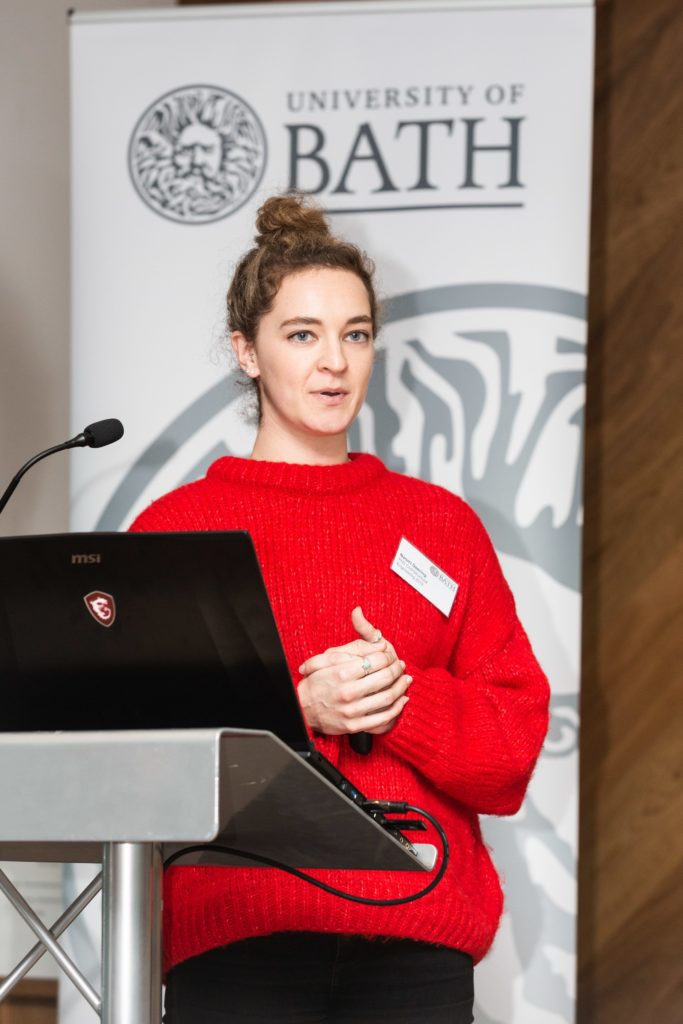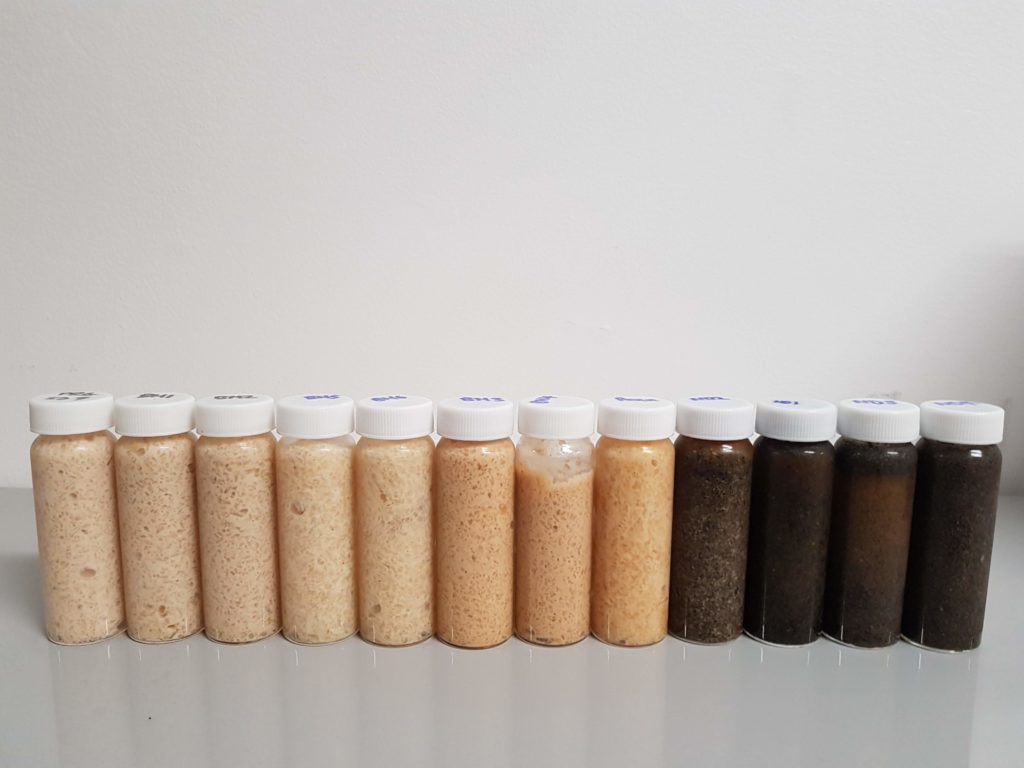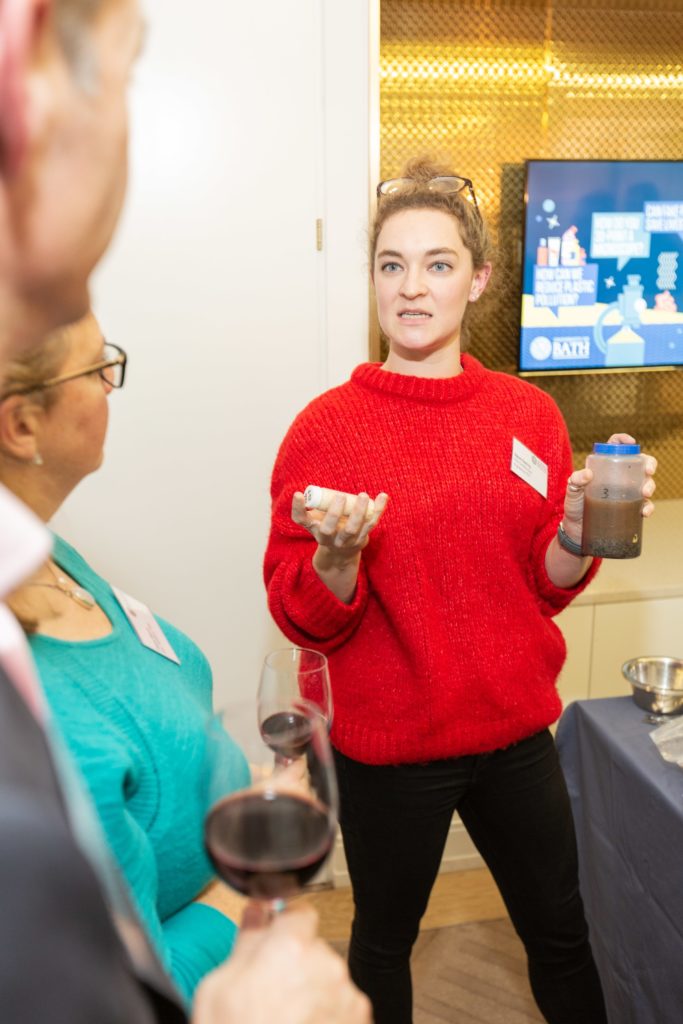Roughly 2.7 billion people rely on onsite sanitation systems like ventilated improved pits (VIPs) or septic tanks to deal with their waste. Without sewers these systems fill up and need emptying manually. Poor understanding of the risks involved in emptying and disposing of the faecal sludge (FS) means that it often ends up in fields, lakes, rivers and open drains which has significant health and environmental impacts. Pathogens found in FS cause diarrhoea which results in the deaths of more than 750,000 children under five every year. Globally over 80% of wastewater flows back into the environment without being treated or reused. This is why it’s crucial to research safe, more efficient and simpler ways to treat FS since the costs and operational challenges of expanding, operating and maintaining the traditionally accepted solution of piped sewerage with centralised wastewater treatment render it unviable to use in many countries.

One of the simplest ways we can treat FS is to dry it on covered, unplanted sludge drying beds (USDBS). These USDBS consist of a sand and gravel filter onto which the FS is poured and then dries by moisture lost through evaporation and drainage. To date little is known about how FS dries and what controls the drying process. So researchers at Bath are developing a synthetic FS to allow safe reproducible lab tests to research the drying process of sludge and to test new treatment technologies.
But why not use the real stuff? There’s no shortage after all! Real FS is highly variable in terms of consistency, quantity and concentration from country to country, town to town, place to place due to climate, diet, type of containment technology used, whether or not additives are used and so on. This makes it difficult to characterise and makes reproducibility when testing a challenge. FS also has a high pathogen content meaning handling it poses a significant health and safety risk. Using a simulant means that we can safely and easily perform drying tests and test drying technologies.
We have looked at several different simulants developed based on a NASA recipe to test waste processing systems in space technology. These simulants are made from things like miso paste, active yeast or yeast extract, minerals, psyllium husk, peanut oil or oleic acid and a cellulose component like cotton linters and tissue or compost.
Using a simulant to mimic the drying of real FS allows us to safely and easily test the newest drying technologies and to try and optimise the drying process meaning more real sludge is treated more efficiently.

Today is World Toilet Day. It’s a day dedicated to my favourite subject; it’s a day dedicated to taking action to ensure that everyone has access to a safe toilet by 2030. Although progress in access to adequate sanitation has been made there are still 4.5 billion people live without access to a safe toilet and 892 million people practice open defecation.
To do our part Bath is involved in raising money for Toilet Twinning with the aim of twinning 25 toilets to become a toilet twinned university. Each twinned toilet costs £60 and Toilet Twinning use that money to provide improved sanitation, clean water and hygiene promotion in poor communities. We have a funding page if you’d like to get involved. Or check out the Toilet Twinning website for more information.
Naomi Deering
Respond





